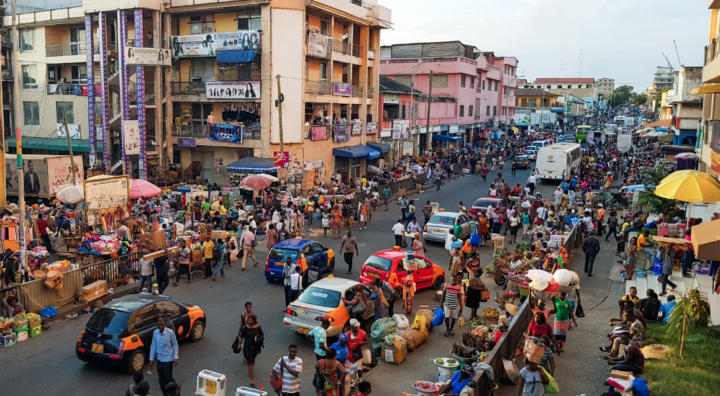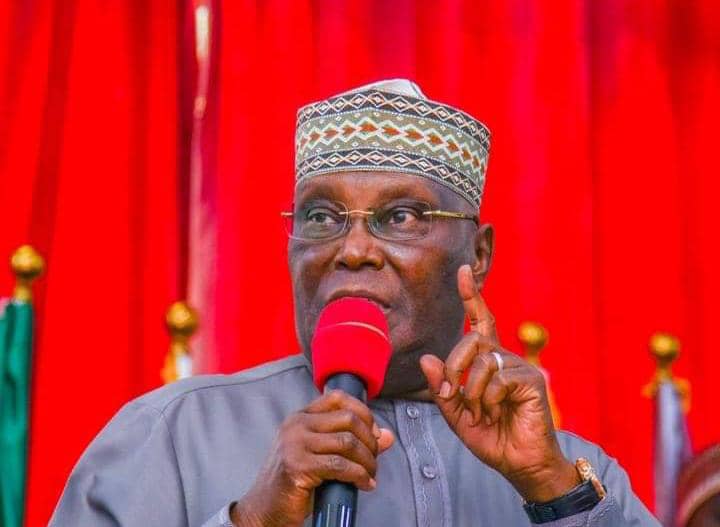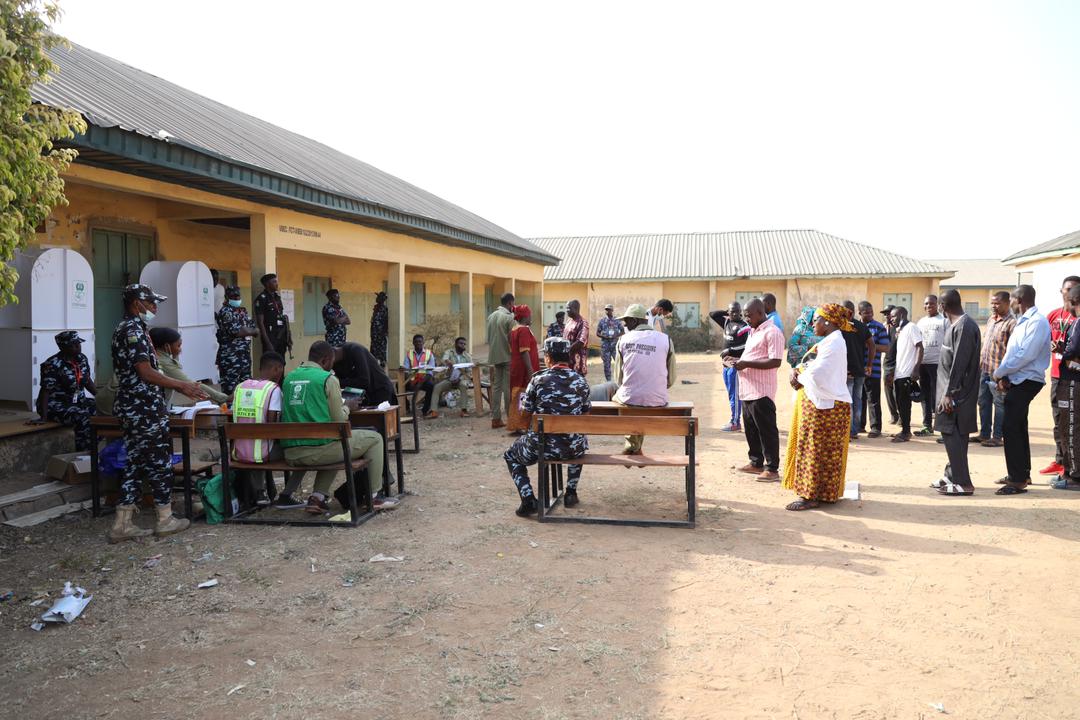Muntaka Chasant/Wikimedia Commons/CC BY-SA 4.0
Standard Bank Group Limited says five major African economies will face debt risks over the next two years as pandemic-induced stimulus and relief for needy countries draws to an end.
The lender named Ghana, Kenya, Angola, Ethiopia and Zambia as the ‘fragile five’ of 18 countries in its latest report released February 10, 2022.
The report highlighted Uganda among the continent’s brightest stars in 2022.
Jibran Qureishi, head of African research at Standard Bank, told Bloomberg that ‘debt sustainability now requires sharper focus’.
Advertisement
Qureishi said Ghana probably needs an International Monetary Fund (IMF) package to restore confidence in investors.
The report added that Ghana would probably need to secure some sort of arrangement with the IMF to restore investor confidence.
“If this doesn’t transpire, the government would have to rely on an improving fiscal position which may be difficult to achieve in 2022 given overly ambitious tax revenue expectations,” it said.
Advertisement
According to Qureishi, lenders see a re-financing in the Eurobond market to be impractical when the US Federal Reserve increases interest rates and if Ghana’s budget targets prove elusive.
He said holding the country’s debt currently demands a premium over US treasuries of more than 1,000 basis points, a level considered distressed.
The analyst said with China more cautious about lending to Africa — the IMF is Ghana’s main hope if the country can’t improve its fiscal position.
Qureishi said stabilising public finances may prove difficult given the government’s “overly ambitious” revenue estimates, while efforts to cut spending could face hurdles with public-sector wages and debt-service costs accounting for more than half of expenditure.
Advertisement
But Ken Ofori-Atta, Ghana’s minister of finance, had told Citi FM radio, that the country would not go to IMF for a loan facility.
“The consequences are dire. We are a proud nation. We have the resources. We have the capacity. We are not people of short sight,” he had said.
Qureishi said Kenya falls into the same bracket as Ghana from a fiscal perspective. However, he mentioned that the main difference between both countries is an IMF program that Kenya secured last year.
According to the Standard Bank report, East Africa’s largest economy has accumulated debt, including a high concentration of commercial loans, meaning servicing costs now stand at 35 percent of foreign-exchange reserves and 43 percent of tax revenue.
Advertisement
Angola, listed among the “fragile five” African countries, was a major beneficiary of the G-20 nations’ Debt Service Suspension Initiative during the pandemic, allowing the crude-rich nation to delay almost $3 billion of payments in 2021.
But with an IMF program drawing to an end, uncertainty about further bilateral debt talks and weak investments in the oil sector that could curb production, Qureishi advised caution.
Advertisement
Still, Angola has the potential for credit-rating upgrades in 2022 if things go well, according to Standard Bank.
The report added that significant investments in oil and the construction of a pipeline would turn Uganda into a significant crude exporter to boost output.
Advertisement
Add a comment






